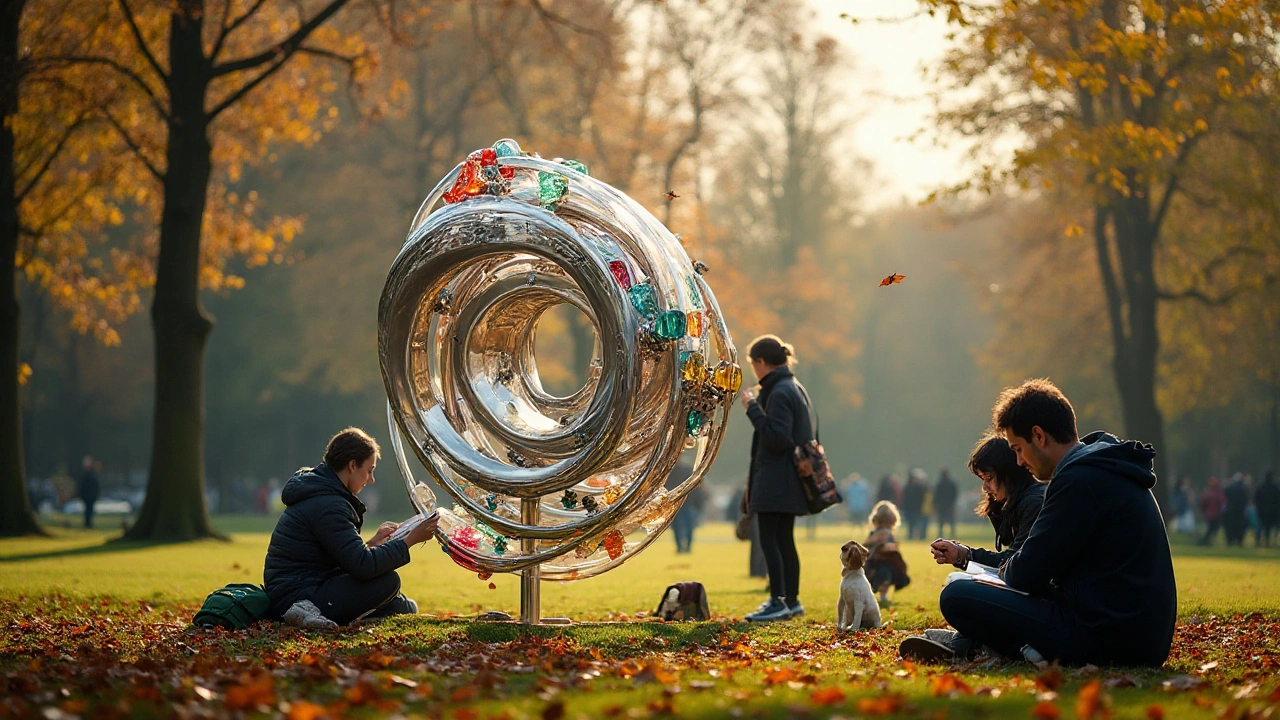Sculpture: What It Is and How to Start
Sculpture is three-dimensional art you can walk around, touch (sometimes), and live with. From tiny clay figures to giant outdoor works, sculpture uses shape, space, and material to make ideas visible. If you want to understand, collect, or make sculpture, focus on materials, methods, and how the piece interacts with its place.
Think about scale first. A tabletop bronze and a six-meter public work behave differently. The small piece asks for close inspection. The big one asks you to move around it. Size affects cost, care, and where the work fits in your life.
Common Materials and What They Mean
Stone: Carved pieces in marble or granite last for centuries. They feel solid and quiet. Carving needs planning. You remove material to reveal form.
Bronze: A favorite for cast sculptures. Bronze holds fine detail and weathers well outdoors. Casting uses a mold, so the artist can reproduce or tweak forms.
Wood: Warm and immediate. Wood can be carved, assembled, or burned. It needs protection from moisture and pests.
Clay and plaster: Great for models and originals. Clay is soft and forgiving. Plaster is fast for making molds or studies.
Steel and mixed metal: Modern sculptures often weld or assemble metal. Steel gives strong lines and can be left industrial or painted.
Techniques, Tips, and Practical Advice
Carving removes. Modeling adds. Casting duplicates. Welding joins. Each method guides the final look and the studio process. If you’re starting to make sculpture, try clay modeling first. It’s cheap, fast, and teaches you volume.
When buying, ask about the edition. Cast bronze often comes in limited editions. Lower edition numbers usually cost more. Ask for a certificate, the artist’s name, and where the piece was shown.
Placement matters. Indoors, think lighting and sightlines. Outdoors, consider wind, rain, and maintenance. A garden piece needs a solid base and rust-proof choices if you don’t want constant upkeep.
Care is simple but specific. Stone needs gentle cleaning with water. Bronze may develop a patina; that can be desirable. Wood benefits from occasional oiling and dry storage. Metals sometimes need protective wax or coatings.
Want to learn fast? Visit sculpture parks and galleries. Walk close, step back, and note how works change with distance and light. Talk to gallery staff. Ask artists about process—they usually love explaining how a piece was made.
Sculpture mixes craft and idea. It rewards hands-on curiosity. Try making small experiments, visit shows, and don't be afraid to touch materials or ask questions. Over time you’ll spot what moves you—whether it's raw texture, bold scale, or quiet form.

